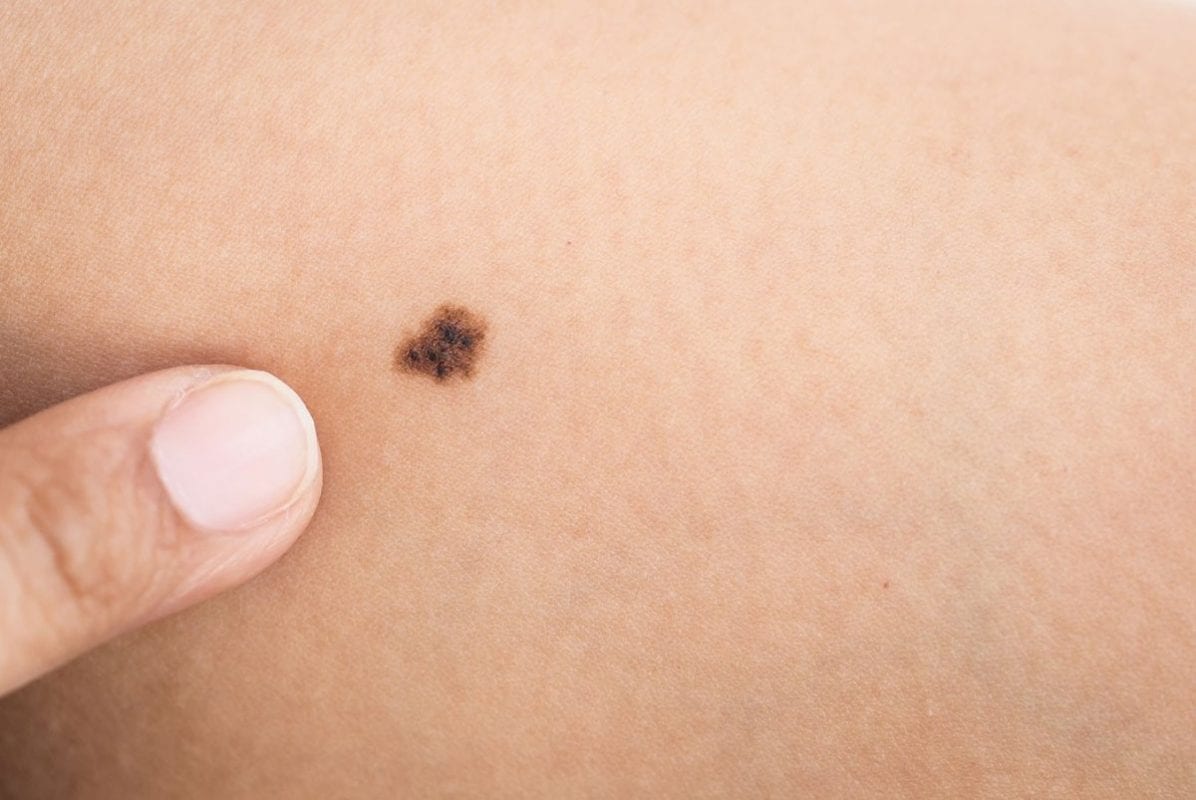Moles are common skin spots that are pigmented due to the clustering of melanin-producing cells. Most moles are round or oval in shape and harmless. The edges of benign moles are smooth but their surfaces can be flat or raised. Moles may have a smooth or rough texture. It is normal to find a few hairs growing on moles. Moles appear darker on dark skin. Some people may be born with moles while some may develop new moles in childhood or teenage years. It is normal for moles to turn darker during pregnancy. Benign Fort Worth moles are not dangerous but you can have them removed for cosmetic purposes through plucking or surgical removal. The moles may disappear on their own without any intervention as you age. You can have moles on any body part. Here are some of the warning signs that you should watch out for in moles.
What are the Complications of Moles?
The most feared complication of moles is the malignant transformation to form melanoma which is a cancer of melanocytes. Some people may have a genetic predisposition for moles. The other complications of moles that are not dangerous include being born with large moles which are referred to as congenital nevi. These children are born with moles which can be as large as 5cm but the congenital moles rarely form melanomas.
Another complication of moles that may affect the confidence in your physical appearance is having more than 50 moles. It has been reported that having more than 20 moles when you are younger than 50 years old could increase your risk of developing melanoma. Some people have unusual inherited moles which are called dysplastic nevi with irregular borders and brown centers.
How Can You Prevent Malignant Transformation of Moles?
You should watch out for changes in moles that may indicate that there is malignant transformation. If you have a family history of melanoma, you should go for regular screenings for melanoma by a dermatologist. You should also protect your skin from exposure to ultraviolet sun rays. Avoid going out when the sun is at its peak from 11 am to 3 pm, depending on where you live.
If you must go out in the sun, apply sunscreen of at least SPF30 before going. Reapply the sunscreen every two hours if you are sweating a lot and after swimming. Wear wide hats, sunglasses, and long-sleeved clothes when going out in the sun. Avoid using tanning lamps because they emit dangerous UV rays.
What Are the Danger Signs in Moles?
You should watch out for changes in moles because they could be a warning sign that the mole is changing to a melanoma. You should watch out for change in the symmetry of a mole. A normal mole is symmetrical. When one half of the mole does not look like the other side and becomes asymmetrical, you should see a dermatologist who will evaluate the mole.
Other changes that occur in moles and may be a sign of melanoma include a change in the color of moles, moles with notched or irregular borders, and moles with a diameter that is more than 6 millimeters. Any mole that is evolving, that is changing its size, height, color, or shape, bleeding, or becoming itchy should be checked out by a dermatologist to determine whether it is malignant. Melanoma may have a few of these changes or all of them.
Conclusion
Moles are dark spots on the skin that are made up of clusters of melanocytes and they are usually harmless. If your mole starts showing changes in size, shape, or symmetry, you should consult a dermatologist who will determine whether the mole is changing to a melanoma.









